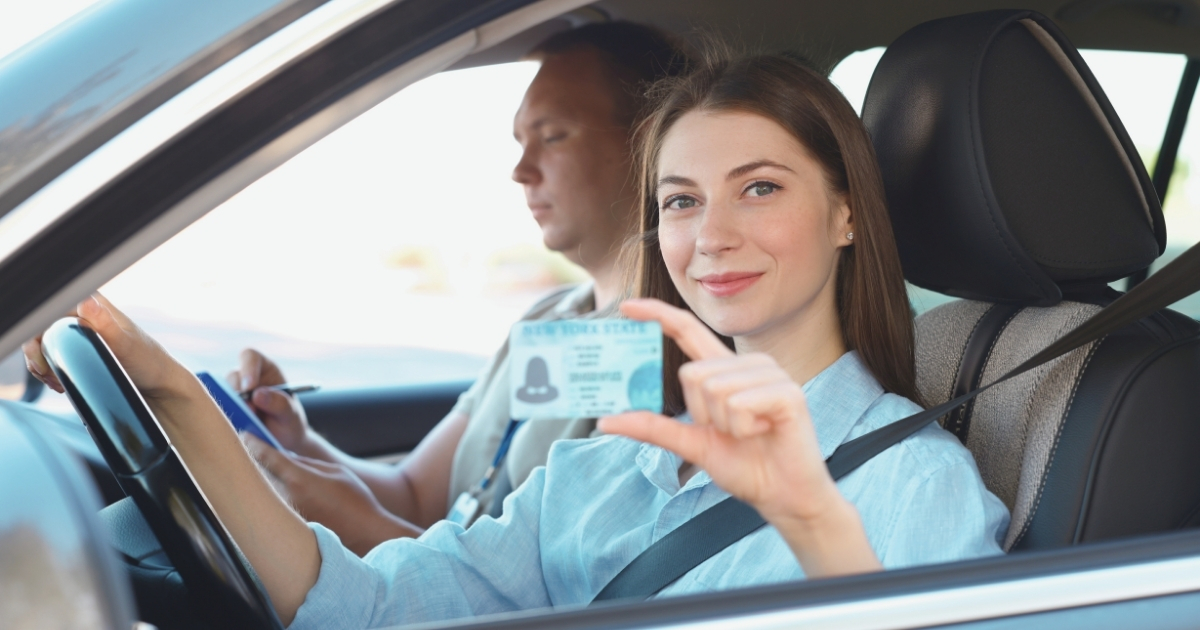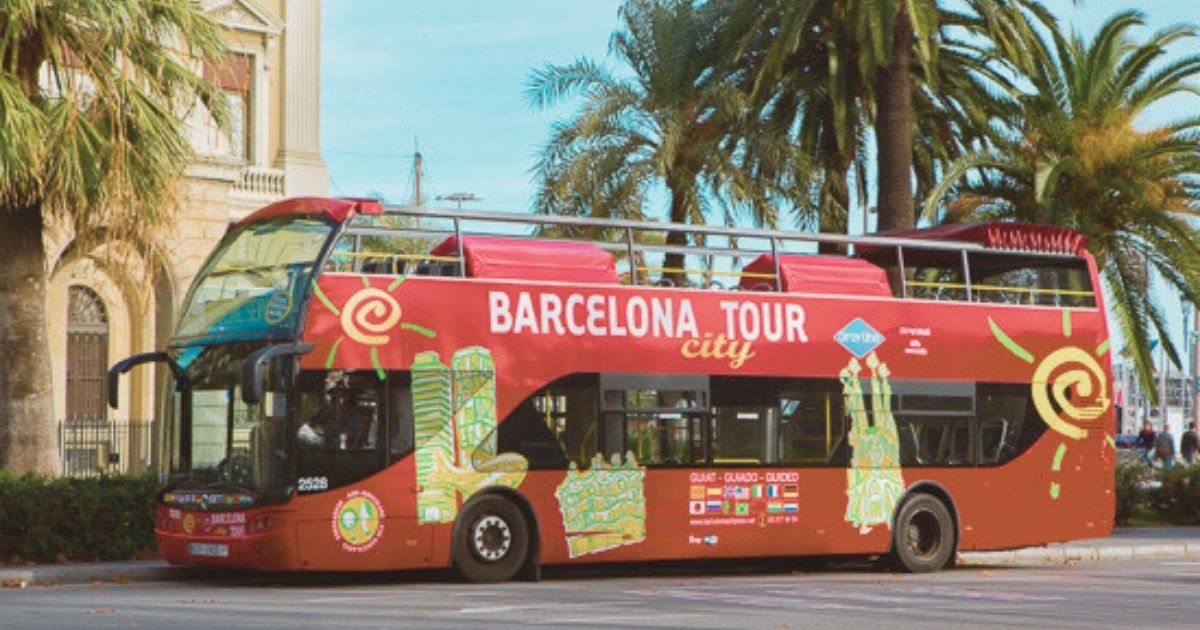Navigating the winding roads of the Cotswolds. Exploring the Scottish Highlands at your own pace. For digital nomads, accessing the United Kingdom’s diverse landscapes requires understanding the United Kingdom driver’s licence system.
Whether you’re planning to drive using your existing foreign licence or considering a UK licence during a longer stay, the rules demand careful attention. Mistakes can lead to legal complications, insurance issues, or being denied vehicle rental.
This guide breaks down everything digital nomads need to know about United Kingdom driver’s licences.
Understanding the United Kingdom driving licence system
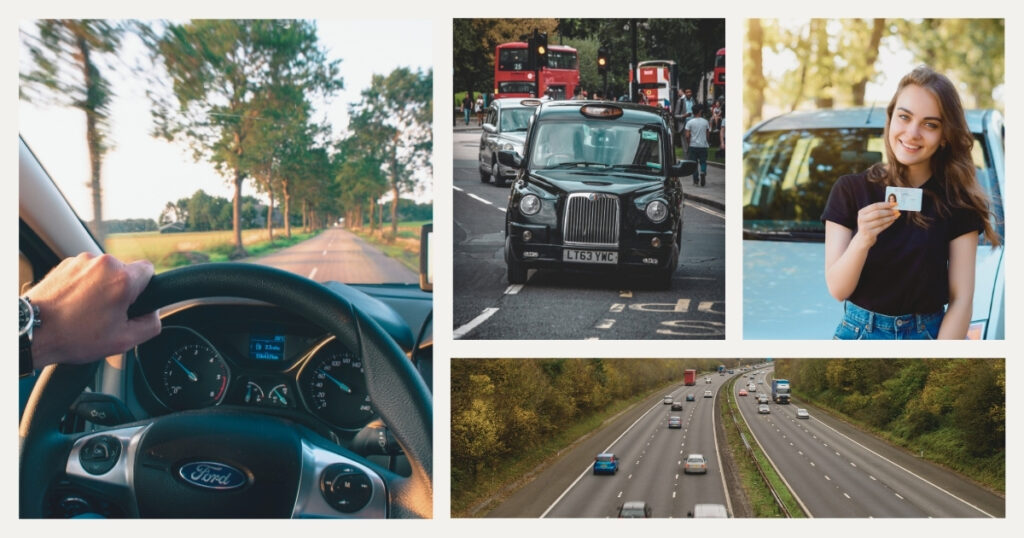
The United Kingdom maintains distinct driver’s licensing rules that differ significantly from many other countries. Before arriving in the UK, understanding the structure of these licences and their implications for visitors and temporary residents can save significant complications.
Types of UK driving licences and their limitations
The United Kingdom issues two primary licence formats: the provisional licence for learning to drive, and the full licence for unrestricted driving. For digital nomads, the relevant consideration is how your existing foreign licence interacts with UK regulations.
The UK driver’s licence follows a category system specifying which vehicles you can operate. Category B covers standard cars up to 3,500kg.
The UK distinguishes between Great Britain (England, Scotland, and Wales) and Northern Ireland licensing authorities, although licences from either are valid throughout the United Kingdom.
🌟 Pro tip: digital nomads staying in the UK for extended periods should photograph their original driver’s licence (front and back) and store these images securely online. This precaution proves invaluable if your physical licence is lost or stolen, providing essential details when contacting your home licensing authority or completing UK paperwork.
Foreign licence recognition and validity periods
The United Kingdom maintains different validity periods for foreign licences based on their country of issue. This critical distinction determines how long you can legally drive in the UK without obtaining a local licence.
Licences issued by European Union (EU) and European Economic Area (EEA) countries remain valid in the UK until their expiration date for visitors. However, if you establish residency in the UK, you must exchange your licence for a UK version within specific timeframes.
For licences issued by “designated countries” (including Australia, Canada, Japan, New Zealand, Singapore, South Africa, South Korea, Switzerland, and others), you can drive in the UK for up to 12 months from your date of entry. After this period, you must obtain a provisional UK licence and complete the full testing process.
For all other countries, including the United States, you can drive in the UK for up to 12 months using your valid foreign licence, but only if the licence is in English or accompanied by an official translation or International Driving Permit (IDP).
💡 Did you know? The United Kingdom and Japan have a unique reciprocal arrangement allowing direct licence exchange without testing, despite driving on different sides of the road in the United States. This arrangement recognizes the similarly rigorous testing standards between these countries, creating a valuable advantage for digital nomads with Japanese licences.
Obtaining a United Kingdom driving licence

For digital nomads planning extended stays in the UK, obtaining a local driver’s licence may become necessary. Understanding the process, requirements, and testing procedures helps you prepare effectively and avoid unexpected obstacles.
Eligibility and documentation requirements
To apply for a United Kingdom driver’s licence, you must meet specific residency and documentation requirements. The fundamental requirement is being “normally resident” in the UK, which generally means spending at least 185 days per year at a UK address.
For most digital nomads, this residency requirement presents the primary obstacle to obtaining a full UK licence. However, those on longer-term visas such as the High Potential Individual visa, Skilled Worker visa, or similar categories may qualify. Essential documentation includes:
- Proof of identity (passport or national identity card)
- Proof of UK address (utility bills, council tax statements, or bank statements)
- Proof of legal status (visa documentation)
- A passport-style photograph meeting specific requirements
The application process begins online through the Driver and Vehicle Licensing Agency (DVLA) website or by post using form D1, available from post offices. The provisional licence costs £34 when applying online (or £43 for postal applications).
Understanding the theory and practical driving tests
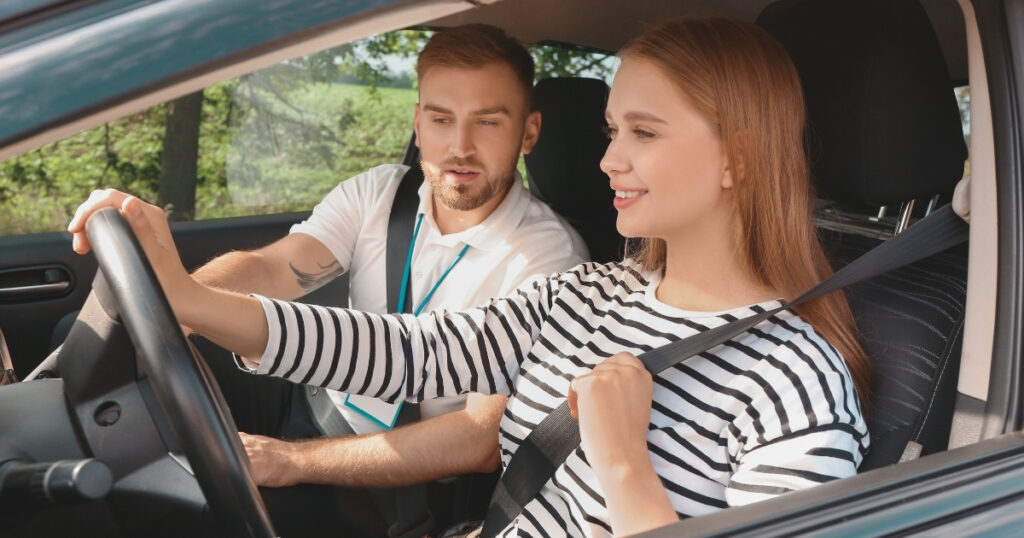
The United Kingdom’s driving test is divided into two components: the theory test and the practical driving test. Both must be passed to obtain a full licence.
The theory test costs £23 and consists of multiple-choice questions and hazard perception. The multiple-choice section tests your knowledge of road rules through 50 questions, requiring a score of at least 43 correct answers. The hazard perception test evaluates your ability to recognize developing hazards in 14 video clips, with a passing score of 44 out of 75 possible points.
The practical driving test costs £62-75 depending on timing and includes:
- An eyesight check (reading a number plate from 20 meters)
- “Show me, tell me” vehicle safety questions
- General driving assessment (approximately 40 minutes)
- Reversing maneuvers
- Independent driving following either verbal directions or a GPS device
🌟 Pro tip: many digital nomads underestimate the specificity of UK driving protocols. Consider taking at least 3-5 professional lessons before your test, even if you’re an experienced driver, to learn the precise maneuvers and protocols expected during examination. Instructors can highlight common reasons for test failure, significantly improving your chances of passing on the first attempt.
Licence exchange options for eligible countries
If you hold a licence from certain countries, you may qualify to exchange it for a UK licence without taking tests. This exchange privilege applies to:
- EU/EEA countries (for licences issued before specific cutoff dates)
- Designated countries including Australia, Canada, Japan, New Zealand, Switzerland, and others
- Crown Dependencies and British Overseas Territories
The exchange process requires completing form D1 and providing your original licence, proof of identity, proof of UK address, and a £43 fee. Processing typically takes 3-4 weeks, during which you can continue driving using your foreign licence within its eligibility period.
For digital nomads from non-designated countries, including the United States, no direct exchange option exists. You must complete the full testing process regardless of your driving experience.
Practical considerations for digital nomads
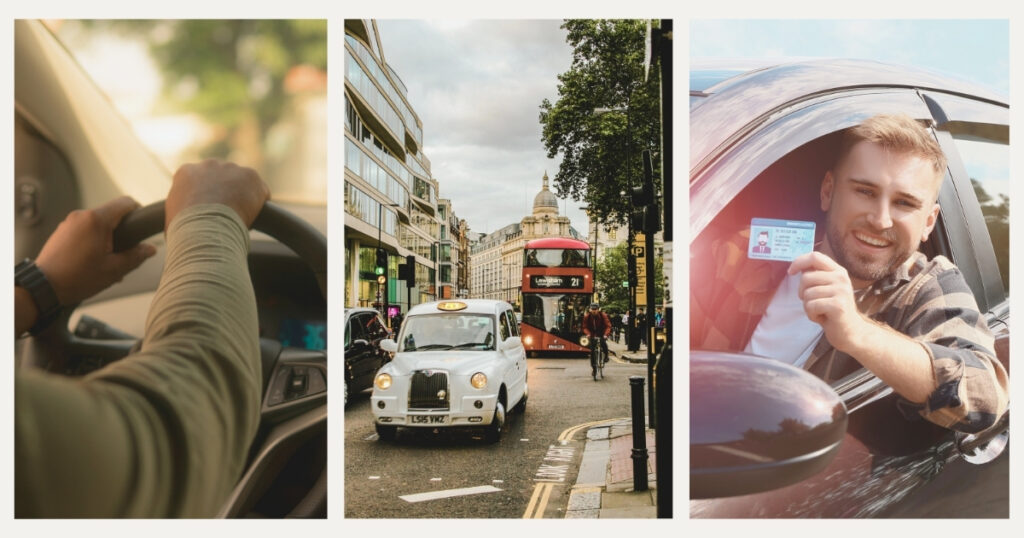
Beyond the legal requirements, digital nomads face several practical considerations when driving in the United Kingdom. From insurance implications to connectivity issues on British roads, understanding these factors helps you navigate confidently throughout your stay.
Insurance requirements and digital solutions
Insurance is legally mandatory for all drivers in the United Kingdom, with penalties for uninsured driving including fines, licence points, and vehicle seizure. For digital nomads, obtaining coverage presents challenges due to temporary status.
Short-term visitors typically rely on rental car insurance. For longer stays with purchased or leased vehicles, specialists like Admiral, Aviva, and AXA offer policies for foreign licence holders.
A reliable eSIM from Holafly ensures access to navigation apps, insurance documentation, and emergency services while driving throughout the UK—especially valuable in remote areas where service may be inconsistent.
Key considerations for digital nomad driving connectivity:
- Download offline maps for rural areas with limited coverage
- Keep emergency contacts and roadside assistance numbers accessible
- Maintain a backup power source for your navigation device
- Store digital copies of all relevant driving documents
- Enable automatic data roaming if venturing into Northern Ireland
🌟 Pro tip: many UK insurance policies don’t automatically cover driving in Europe. If you plan to take your UK-insured vehicle across the Channel to explore continental Europe, request a Green Card from your insurer at least two weeks before travel. This internationally recognized insurance document confirms your coverage extends to specific European countries.
Final thoughts on navigating UK roads as a digital nomad
The United Kingdom’s driver’s licence system balances accessibility for visitors with stringent standards for residents. For most digital nomads, your existing licence provides sufficient privileges for typical stays, while longer-term residents must engage with the full licensing process to maintain legal driving status.
Understanding the specific requirements based on your country of origin and intended stay duration allows you to plan effectively and avoid disruptions to your mobility. Whether leveraging the temporary privileges granted to your foreign licence or investing in obtaining a full UK licence, clear awareness of the rules ensures your focus remains on exploration rather than administrative complications.
Not sure how the UK’s driving requirements fit into your broader European travel plans? Explore Nomada’s resources for digital nomads navigating multiple European destinations, including comprehensive advice on transportation strategies across borders.
Your UK road trip adventure awaits—drive with confidence and proper documentation 👉
Frequently asked questions about United Kingdom driving licences
The UK doesn’t recognize an “international driver’s licence.” What you need is an International Driving Permit (IDP) alongside your original licence if your licence isn’t in English or doesn’t include a photo. An IDP serves as an official translation rather than a standalone licence.
The duration depends on your licence’s country of issue. EU/EEA licences remain valid until they expire. Licences from designated countries (including Australia, Canada, Japan) allow driving for 12 months from entry. All other licences, including US licences, permit driving for 12 months from when you become a UK resident.
If your licence is from the EU/EEA or a designated country (like Australia, Canada, Japan), you can exchange it for a UK licence without testing within specific timeframes. If your licence is from a non-designated country (including the US), you must pass both theory and practical tests to obtain a UK licence.
Yes, rental companies accept valid foreign licences, but requirements vary. Most require you to have held your licence for at least 1-2 years and be 21+ (sometimes 25+ for certain vehicles). An International Driving Permit is recommended if your licence isn’t in English.
Learn how to navigate this common challenge by reading our complete guide to documentation management for digital nomads. We cover strategies for licence renewal while abroad and maintaining valid driving credentials throughout your global travels.
